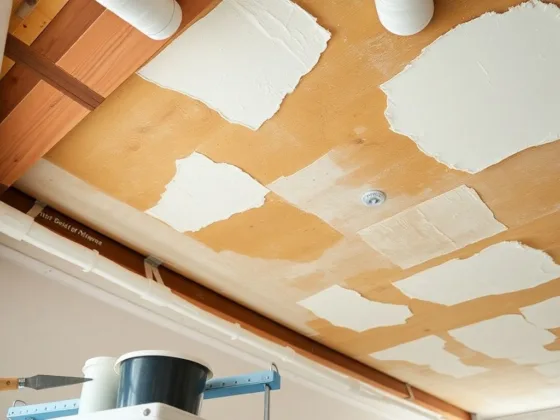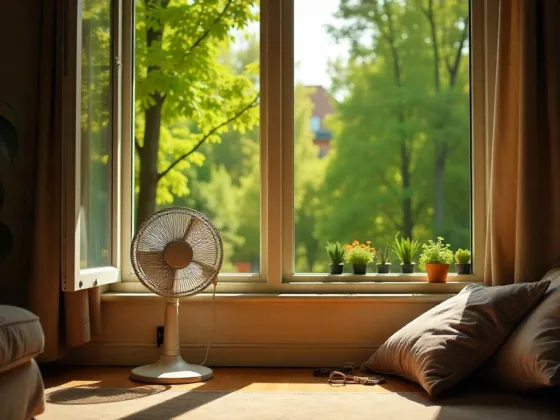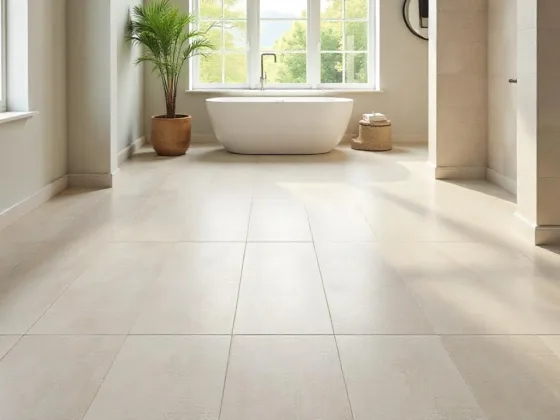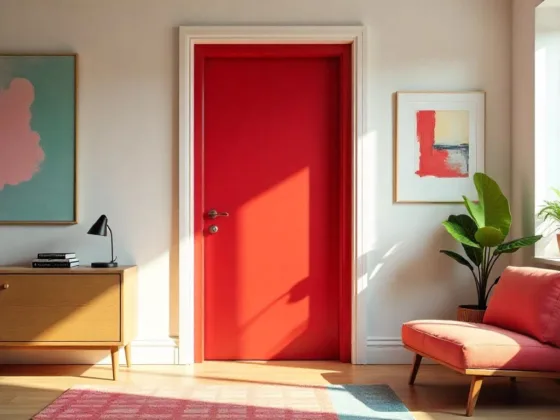Paint Odor Elimination and Ventilation: How to Eliminate Paint Odor — You should always ventilate the house when doing interior painting. Even with latex paints, and especially with shellac and oil based paints and stains. If you can plan your painting, do so in the warm weather months where you can open windows without the concern for heat loss.

Minimize the Odor from the Start (How to Eliminate Paint Odor)
A good rule is to use the least odiferous product that is able to get the job done. In many cases you can use all latex or low VOC paints from start to finish. Other times you will not be able to do so.
As a general guide the following is a list of the “odor order” from the least, to the worst offending of the standard types of house paints.
- Green no / low VOC paints (Low Voc / Odor)
- Standard latex paint (Low Voc / Odor)
- Shellac (Not So Low Voc / Odor)
- Oil based paints (The fast drying oil paints are the worst, along with penetrating oil stains. The “best” are the VOC compliant oil paints)
- Most aerosol spray paints (Not So Low Voc / Odor)
Not listed: The high performance or professional use coatings: two part epoxies and urethanes, lacquers and conversion coatings. These are the very worst in terms of odor.

Paint Additives
Perfumes
Some home remedies that are mentioned for paint odor are the use of vanilla extract or peppermint added directly to the paint to perfume the paint and make the odor less objectionable. I can’t vouch for either, and have never used them. I would be concerned with the added perfume doing something bad like ruining the adhesion or altering the paint color. In lieu of extensive testing by an expert in the field with a variety of paints, I would not try either of these.
Bio Zapp Paint Odor Eliminator
This is an additive I have used on many occasions. Unlike perfumes, it is commercially made for the addition into paint, and unlike perfumes, it does not simply “mask” the paint odor.
Manufactured by Bio Zapp Laboratories, Inc, works by molecularly attaching oxygen molecules to the solvent vapors, causing them to fall away to the ground – undetected. It has been tested and does not affect paint adhesion, hardness or performance. Can be used with latex or oil paints and stains. According to Bio Zapp Laboratories it will “affect an odor knock down of 80% to 95% in most paints”.
Once added to a paint (in the can), that paint stays treated – no need to add more if you use the same paint later on down the road. “Odor-Zapp” paint additive by Guardsman / Valspar is the same product (I believe), just privately labeled.
Ventilation (How to Eliminate Paint Odor)
You must ventilate. You will read that adding vanilla or peppermint extracts to the paint will “eliminate” the odor. Whatever “perfumes” you add, you are only covering up the odor, not eliminating it. The solvent was in the paint prior to adding the perfume (vanilla or peppermint), it remained in the paint after adding the perfume. Perfumes only mask, the don’t eliminate the odor. You must ventilate.
Open the Windows
The most basic of the ventilation options. This would be the minimum you should do when painting. Open a couple of windows to create some cross circulation of air.
Ceiling Vents (bathrooms and Kitchens)
In bathrooms and kitchens where you most likely have exhaust vents, use them as well to force bad air out.
Fans
Ideally, you would use one fan to draw fresh air into the room and another to exhaust bad air out. One fan can be in or near the entrance doorway to the room, the other near an open window to exhaust the solvent laden air out.
Read Also:
Ceiling fans
Sometimes a great idea, other times not. Ceiling fans are good for air circulation, with great air drawing capacity. If the ceiling fan is in an upstairs hallway, and you are painting a room downstairs, the problem that might arise is the infecting of all the air in the house by drawing the bad air up and throughout the house interior.
If the odor can be diverted out adequately through an open window or two in the room being painted, it may be better to exhaust it out those windows with a fan, rather than draw it throughout the rest of the house. Where the ceiling fan is in close proximity to the area of paint work, it would prove an ideal exhaust fan option.
Also, when the weather is warm, you can open all the windows in the house along with the ceiling fan, you will get very good “change of air”, because it will draw in air from outside through all the open windows. Air change is the real key to good ventilation.
Use a Respirator
When you cannot open a window or ventilate adequately, you will need to consider the use of a respirator. Use a NIOSH approved chemical respirator with organic vapor cartridges. Do not use a “dust mask” (particulate respirator) as they are intended for “particle” filtration, not gas or paint vapor filtration.
After the Job
Keep the area ventilated as the “gassing of” and curing continues after application and drying. The gassing off will be less and less as time goes on. The period of time needed to maintain ventilation after application is highly variable, depending on the product, natural air change in the house, and the individual’s sensitivity. The necessary post paint ventilation time may vary from a day or two to a few weeks.
Odor Eliminators
Air purifiers used with cigarette and fireplace smoke and odor are helpful. These draw air through a charcoal or HEPA filter to purify the air before circulating it.
Febreze and similar spray eliminators may help.
How to Eliminate Paint Odor, Folklore or Science?
You will find the following items used to rid the air of paint odor. I don’t know which, if any really work. But here are some of the traditional home remedies for getting rid of paint smell after painting.
- Bowl of onions (“will absorb the odor”)
- Candles (“will burn up the airborne solvent”)
- Distilled vinegar (“will absorb the odor”)
- Baking Soda – open container (s), (“will absorb the odor”)










